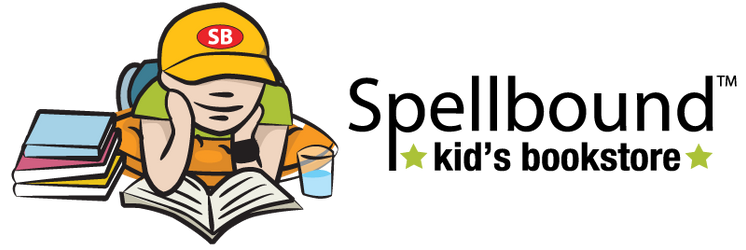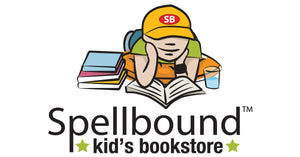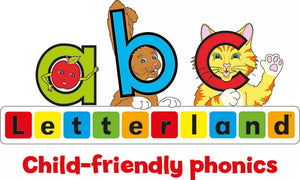Guide To The Best Science Fair Projects
Let Janice VanCleave help you create your own winning science project Where can you find lots of interesting ideas? How do you begin a project? How can you create an eye-catching display? What can you do to impress the judges? Discover the answers to these and other questions in this complete guide to winning science fair projects. Learn how to develop a topic from any idea, and find out the best ways to create, assemble, and present projects--including special tips on how to display them. Try out some of Janice VanCleave's favorite experiments on topics from astronomy and biology to chemistry, math, and engineering. As you have fun completing these experiments, you'll be learning the secrets of science fair success. Praise for Janice VanCleave's books "Stunningly clear, direct, and informative projects."--School Library Journal "[They] not only teach children the basics of science, but also entertain along the way . . . great for kids."--Parentguide Editorial Reviews From Publishers Weekly cases for science detectives Science teachers and curious students looking for new projects may want to experiment with two new titles. Janice VanCleave's Guide to the Best Science Fair Projects by Janice VanCleave offers ideas for selecting a topic, doing research, making a display and presenting the project. The suggested projects span a range of categories from astronomy to genetics, geology to engineering. With Bubble Monster: And Other Science Fun, by John Falk, Robert Pruitt II, Kristi Rosenberg and Tali Katz, younger children can also learn about scientific principles. Simple materials like graham crackers (to make "Graham Cracker Castles" with peanut butter mortar) and tin cans (to make play telephones) help teach about patterns, the human body, design and technology and more. Cartoon illustrations depict the experiments. Copyright 1996 Reed Business Information, Inc. From School Library Journal Grade 5-8. The focus here is on the all-important SCIENCE FAIR, a bugaboo to many children and most parents. In the first section, VanCleave discusses scientific methodology: how to organize a project from selecting a topic through the investigatory process, the importance of keeping records, writing a final report, and the value of a nicely crafted presentation. As there are a number of science-fair projects books and collections of experiments available (many by VanCleave herself), this first section could be the most important part for novice and unseasoned science fair participants. The author also presents a sample project to give readers an idea of what their own final product might resemble. The writing is readable and understandable, and even amusing at times. Unfortunately, many overeager or let's-get-this-over-with young experimenters (and their parents) will fail to take the time necessary to absorb the pointers (and may be disappointed with the tepid reception of their not-so-professional-looking results). The next section?the largest by far?presents a number of double-page projects in a variety of fields. They range from a simple display of a mineral/rock collection to the more complex procedure of determining the odds of chromosome combinations to produce male/female babies. All in all, a clear and informative addition.?Patricia Manning, formerly at Eastchester Public Library, NY Copyright 1997 Reed Business Information, Inc.
Publisher: WileyAuthor: Janice VanCleave
ISBN: 9780471148029
Pages: 160
Format: Paperback
Dimensions: 8.6 x 0.5 x 11 inches
Free delivery
Free delivery anywhere in India on orders over ₹1,500


